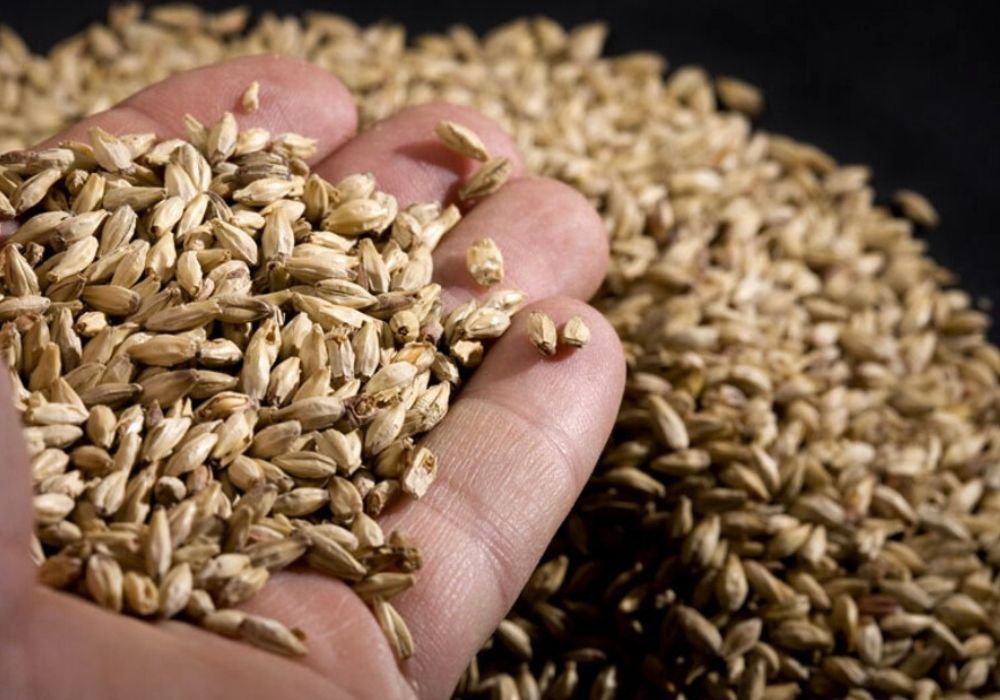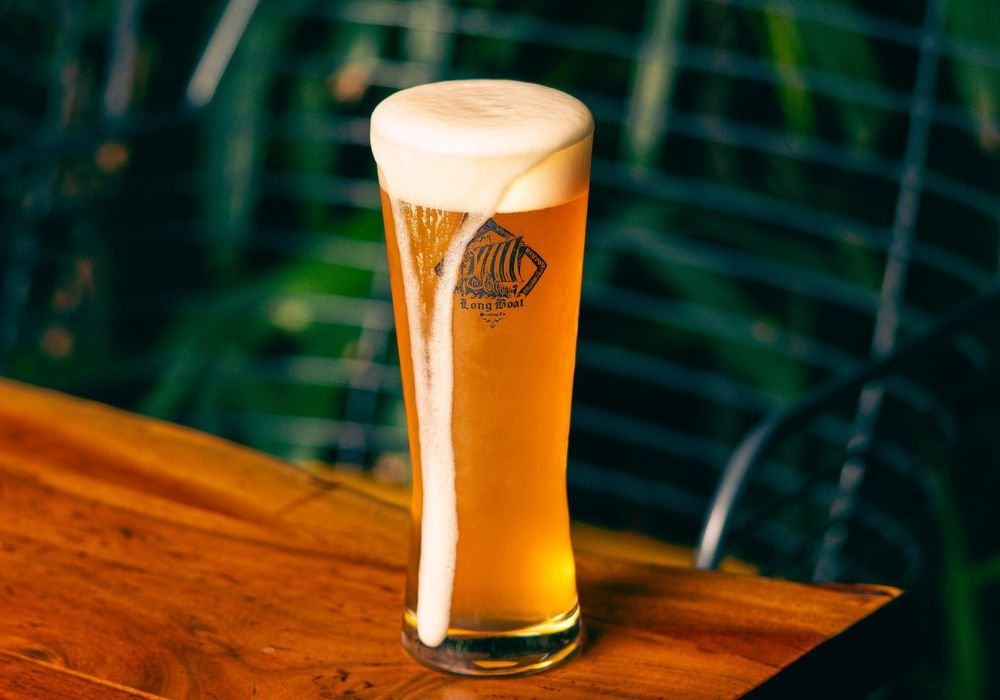Dry Hopping Basics and Techniques

Bijay Bahadur
Bijay Bahadur has more than 29 years of experience in Indian and multinational breweries, IMFL bottling plants, brewery green-field and brown-field projects and factory operations such as maintenance, production, environment health and safety, and project management. He is also the author of Brewing – A Practical Approach, which is for practicing brewers, students pursuing careers in Food Technology, Biochemical Engineering or Brewing Science, and consultants who provide technical advice to breweries and entrepreneurs. He is a practicing brewer and specializes in the manufacturing of beer, including the formulation of recipes, overseeing new technical developments, implementing standard operating procedures, planning budgets, warehousing and inventory control, and liaising with Quality Assurance Department (QAD). He is a lifetime member and elected as FELLOW of the Institution of Engineers (India), the Indian Institute of Chemical Engineers and the Association of Food Scientists & Technologists (India). He has been authorized to use the style and title of Chartered Engineer (India) by the Institution of Engineers (India) as well as been elected as Professional Engineer by Engineering Council of India, New Delhi for a period of five years
Hops play a number of roles in the brewing process. Depending on when they are added, they contribute bitterness, flavour, aroma or something of all three. The bitterness comes from alpha acids contained in hops, while flavour and aroma come mostly from volatile oils. The term volatile refers to the fact that the oils boil out of the wort relatively quickly-within 15-20 minutes. This is why brewers normally add flavour and aroma hops closer to the end of the wort boil. For maximum flavour and aroma, and to preserve as much of the volatile oils as possible, some brewers practice dry hopping.
To provoke consumer interest in beer by promoting notable trend which focus on completely new variations in flavour and, in particular, new aromas.
Definition of Dry Hopping
Dry hopping refers to any hop addition after the wort has been cooled. These additions can be done in the fermenter or in the storage tank. Hops and hop products are usually added in the brewhouse. In order to maximize bitter substance utilization, early hop addition to the kettle is essential. However, this, in turn, evaporates aroma substances after only a few minutes of exposure to the boiling wort. Late hopping in the hot section results in a decent hoppy note, but hardly reproduces the character of the hop variety/varieties used.
This is due to the fact that the volatile aroma substances which characterise a specific hop variety are lost, even if only briefly exposed to high temperatures. Hopping in the cold section (dry hopping) is an ideal way to impart an aroma note typical of the variety used. In this case the hops need to be added either during fermentation or to the storage tank.
Which Hop Varieties to Use
The first step in dry hopping is to select the hop variety. Most dry hopping is done with hop varieties that have relatively low alpha acid ratings, often around 6% or less. However, it really depends on the hop variety because there are several higher alpha acid hop varieties the make very good choices for dry hopping. The majority of dry hopping is done with hops that are labelled as “flavour” or “aroma” hops. These hops have a higher percentage of the volatile aromatic oils needed for flavour and aroma.
When to Dry Hop
Once it is decided what hops are going to use, brewers need to decide when to add them. The choices are in the fermenter or in the storage tank.
Dry hopping in the fermenter is favoured by some brewers, but the problem lies in the bubbling of the CO2 and the agitation of the wort during fermentation. This bubbling and agitation takes some of the hop aroma out of the beer just like boiling would. This, of course, may defeat the purpose of dry hopping, although some of the hop essence will exist.
The storage tank is generally considered the best place for dry hopping for a couple of reasons. First, the beer has already fermented so, the alcohol and low pH helps to ward off any bacteria on the un-sanitized hops. Second, the vigorous CO2 activity of the primary is finished, so the aroma of the hops won’t be scrubbed out of the beer.
Hops added to storage tank can add significant levels of aroma in 24 hours, and it improves for at least 48-72 hours. After that time, still get added aroma, but not as quickly. It is observed that the only drawback to dry hopping in the storage tank is that it makes the beer taste “grassy” or “oily”.
Techniques
Addition to the Storage Tank
No special technical know-how is required for the addition of leaf hops or pellets to the storage tank. Of course, the presence of insoluble hop components in the green beer is a drawback which can hamper clarification and ensuing filtration. This problem can be minimised by putting the hops into small sacks. The sacks need to be very fine mesh, especially if using pellets. However, this method does not provide optimum extraction of the aroma substances.
Tentative Solution:
The above problem can be minimized by putting the hops pellets into small sacks. The sacks need to be very fine mesh, especially if using pellets. However, this method does not provide optimum extraction of the aroma substances.
In a few cases hops are added during fermentation. This usually takes place towards the end of fermentation with a view of using the yeast to reduce some of the oxygen introduced by the hops.
On the other hand, the CO2 resulting from fermentation acts as a kind of carrier gas, eliminating some of the highly volatile hop oils which would be of particular significance for dry hop aroma.
The best extraction of hop aroma can be achieved by pre-dissolving the hop pellets. This can be done either with beer or water which must be oxygen-free and fully demineralised. It is recommended that a weight-based ratio of pellets to beer (or water) of 1:20 in order to make mixing easier. The suspension can be added to the storage tank manually, but it can also be pumped in. Any oxygen intake must be avoided.

Continuous Extraction of Hops with Beer
Schematic diagram shows a free-standing stainless-steel vessel with a sieve plate, into which leaf hops are added. As described in the previous process this vessel is also flushed with CO2. Beer is then pumped from the storage tank into the “hop extractor,” the main objective being to dissolve hop oils and transfer them into the beer. Again, the duration of each individual process can vary greatly and may last up to several hours. The time spread influences extraction efficiency and its uniformity from one brew to another.
Dosing Hop Oils
The best reproducibility is probably achieved by direct dosing of hop oil to beer. The required hop aroma can be achieved by dosing specific amounts of oil.
Hop oils are usually added before filtration. Due to the low concentrations required, the hop oil is generally added to the beer flow as a solution prior to filtration. The more uniform aroma in the beer is added by the major benefit of solid-free dosage, which explains why brewers are moving towards hop oil products.
The first step in dry hopping is to select the hop variety. Most dry hopping is done with hop varieties that have relatively low alpha acid ratings, often around 6% or less. However, it really depends on the hop variety because there are several higher alpha acid hop varieties the make very good choices for dry hopping.
Possible Problems
Depending on the process which is implemented, aroma substance contents can vary from one beer batch to another. It is therefore essential to focus on the type of addition, the contact time, the crop year etc. A further important issue is the danger of infection when hopping in the cold section, although as far as gram-positive bacteria are concerned, beer is protected by the bacteriostatic effect of hops.
Conclusion
Dry hopping is not new. It has a deep-seated, very old and long tradition, but further development will generate processes which are more sophisticated than those currently in use. Hop oil products which allow more uniform aroma adjustment may increase in popularity. Pilot plant studies still need to be carried out into the yields of the various processes and how best to achieve uniform distribution of the aroma substances.



